Plastic-Recovery – Nonwovenindustries 23-03-2022 - Arhive
Plastic-Recovery – Nonwovenindustries
-Amut successfully contributes to Viridor’s green ambitions
In 2020 Amut was selected by UK-based Viridor, one of the global leading actors embodying the circular economy philosophy, for its world class polymer recycling facility. Viridor is actively committed to increasing recycling and achieving net zero emissions to build a world where nothing goes to waste. The new UK’s largest multi-polymer plastic recycling plant in Avonmouth, reflects the company’s continuous drive to build a domestic circular plastics economy. Recycling plastic also emits less than 20% of the carbon of new plastics. This landmark facility is powered by the energy produced at Viridor’s state of the art Energy recovery facility – integrated with the plant in the same building. Plastic-Recovery – Nonwovenindustries
Amut involvement contributed to add value to Viridor’s “green” ambitions playing a prominent role designing and providing an environmentally sound solution featuring two process sections. The ECOTECH division designed and developed a custom engineered high technological content Plastic Recovery Facility integrated into a great efficiency Washing Plant. This turn-key plant will process 90,000 tons/year of waste composed of PET, HDPE and PP bottles to produce prime quality and purity flakes and granules to be sold on the market for food grade and commercial end use.
Piergianni Milani, Amut Group’s President states:
“We are extremely proud to contribute with our technology, to this environmentally-friendly waste management project, aimed at giving plastic a new life, and thus helping to respect the planet. As a leading innovator we keep on delivering our clients advanced solutions matching with the prevailing circular economy model. Thanks to our R&D department, actively engaged in finding new solutions, we have developed recycling plants allowing to minimise water and energy consumption and chemicals usage. Plastic-Recovery – Nonwovenindustries
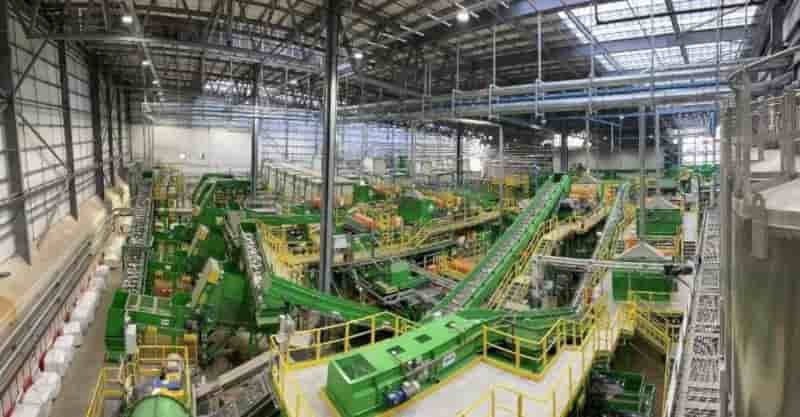
-LANXESS expands Tepex flowcore composite range
Fibre-reinforced thermoplastic composites manufacturer LANXESS has expanded and optimised its composite range of Tepex flowcore materials for numerous variations of the compression moulding process.
LANXESS expands Tepex flowcore composite range
No additional injection moulded material was used to produce the ribbing on the demonstrator model. It is made entirely from compression-molded Tepex flowcore.
The new composites are designed as alternatives to thermoset sheet moulding compounds (SMCs). With mechanical performance, these materials are now more ductile and recyclable. Plastic-Recovery – Nonwovenindustries
They are also easier to process, according to Sabrina Anders, Project Manager for Tepex flowcore at LANXESS’ High Performance Materials business unit, because they are moulded and shaped using only thermal means: “We are targeting Tepex flowcore primarily at large underbody panelling components and load compartment wells for cars, but also at components such as large casings and battery covers,” Anders said.
Tepex flowcore has already been used in series production in automotive applications by a Japanese car manufacturer. The production of a bumper support was made from Tepex flowcore and Tepex dynalite, overmolded and functionalised with a polyamide 6 compound from the Durethan brand.
Discussing this added versatility, Anders said: “This opens up the opportunity to use Tepex dynalite to reinforce specific component areas under particularly heavy stress.”
The new plate-shaped composites are offered with a matrix based on polypropylene, polyamide 6, polyamide 12, thermoplastic polyurethane or flame-retardant polycarbonate.
The matrix is reinforced with long fibres rather than the continuous fibres found in other LANXESS materials. Plastic-Recovery – Nonwovenindustries
A press statement confirms that components made from the new lightweight materials can exhibit almost the same flexural stiffness as their equivalents in the Tepex dynalite range, and they have much higher strengths than injection moulded materials reinforced with short fibres. “The components can be designed such that they exhibit mechanical properties quasi-isotropically; in other words, almost identically in all directions,” Anders added.

-Avgol to underline commitment to sustainability at IDEA
Nonwovens manufacturer Avgol Industries will use this month’s IDEA22 to underline its commitment to helping customers meet their long-term sustainability objectives.
The company will highlight the latest work in biodegradation technology for polyolefin nonwoven fabrics at the Miami Beach event, showcasing its own range of component nonwoven fabric solutions. Plastic-Recovery – Nonwovenindustries
Together with its sister companies from Indorama Ventures Limited (IVL) – who will be presenting biodegradation capable polyolefin and polyester fibers – Avgol will discuss with visitors how specific products can help businesses achieve their 2030 sustainability goals.
“We are delighted to have the opportunity to talk to regional customers, vendors and other industry leaders at the world’s preeminent event for nonwovens and engineered fabrics,” said Nick Carter, vice president of the Nonwoven Business Unit. “It is vitally important that we can engage with customers and gain additional insight into their own desired approaches to meeting sustainability objectives and show the synergy with our own technologies, logistics and production achievements.
“This is a fast-changing market right now, and with the impact of new legislation, raw material availability, evolving customer requirements and consumer interest, IDEA22 gives us the ideal opportunity to discuss these challenges in person,” he said. “We will present a holistic approach to sustainability with everything from our biodegradation technology and the use of more natural components, to introducing new materials with improved carbon footprint and recyclability.”
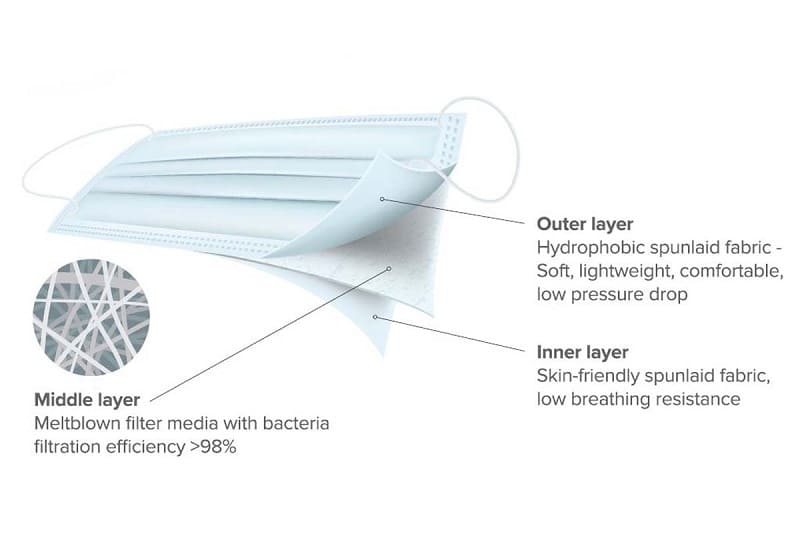
-PET bottle chip pickup quite difficult recently due to the epidemic
Recently, affected by the spread of the epidemic, roads and ports in some parts of the country have been blocked. Many logistics drivers to pick up PET bottle chip are stuck in highways or ports, and the average waiting time is more than 24 hours. At present, it is the intensive pickup time for downstream, so the slow speed of pick-up caused by the epidemic has made many customers uncomfortable.
So far as we know, at present, the national highways in Changzhou and Zhangjiagang are blocked, and the highway exit requires all drivers and passengers to hold a 48-hour nucleic acid test negative certificate, and can pass normally after verification of travel code and health code. Plastic-Recovery – Nonwovenindustries
A nucleic acid test was carried out immediately after arrival. Sanfame and China Resources plants can pick up goods in accordance with the requirements of the normal epidemic prevention policy, but drivers are not allowed to get off.
In the early stage, due to the non-cooperation of some drivers that were marked with a star, which means he was advised to return, and the highway intersection was once in a state of extreme congestion. Since then, the policy has changed to allow drivers of green-code though with a star to pass, but the waiting time is expected to be more than one day. It is reported that it will take a day to move three kilometers forward in some sections of the road in the first half of the week. In particular, when the road was closed on the first day in Wuxi, some market participants said that some drivers of Suqian drove for three days and three nights to pick up goods in Suzhou and were advised to return due to the star, while after the policy was changed, he drove back again, which is quite exhausting. Plastic-Recovery – Nonwovenindustries
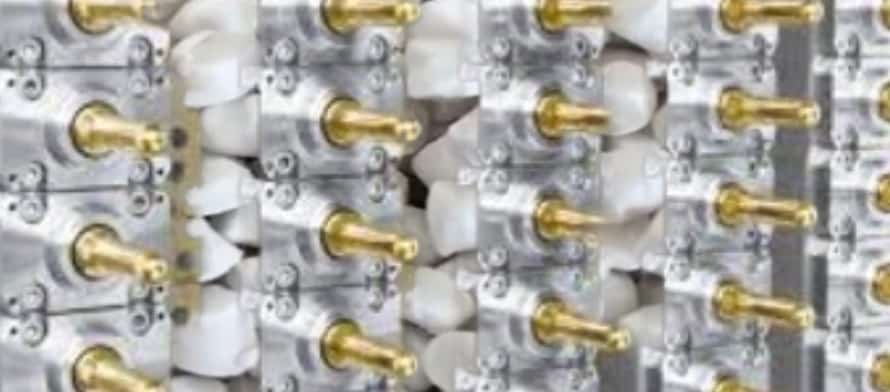
-How will direct-spun PSF perform in short run?
Direct-spun PSF tends mild recently after a period of sharp rise and fall.
Last week, direct-spun PSF rallied from the bottom supported by the rise of crude oil and polyester feedstock, which attracted downstream spinners and traders to replenish intensively and thereby improved the sales and the prices of direct-spun PSF further. Currently, PSF spread stayed in low territory under high feedstock costs. It once dropped below 1,000yuan/mt. Plastic-Recovery – Nonwovenindustries
The production of direct-spun PSF was contracted more with the operating rate lowered within 80%. However, affected by Covid-19 pandemic, the demand remained sluggish and the inventory of polyester yarn and polyester/cotton yarn was in continuous accumulation which accelerated especially in Mar.
Though direct-spun PSF plants make efforts to reduce production in order to keep balanced supply and demand, the market is still dragged by bearish demand. In addition, some spinners have decrease their run rates due to the pandemic.
In short run, direct-spun PSF will keep volatile in narrow range amid cost support and soft demand. In mid-run, PTA side will continue to lend support to direct-spun PSF market due to low PX-PTA spread and operating rate. It is suggested to focus on the trend of crude oil. Plastic-Recovery – Nonwovenindustries
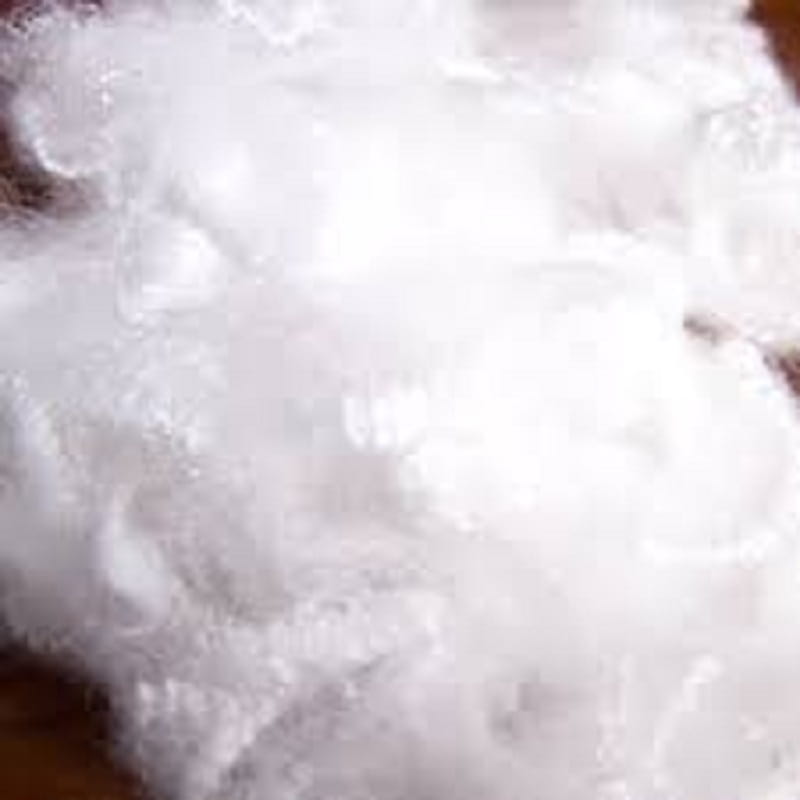
-NEXTLOOPP interview: Polymer innovation and circularity
Victoria Hattersley caught up with Ed Kosior, CEO of Nextek whose NETLOOPP project was the overall winner of our 2021 Sustainability Awards, to discuss ongoing polymer innovation and the opportunities this presents for packaging design and circularity.
VH: Can you explain the challenges faced in creating circular food-grade PP and the various aspects that NEXTLOOPP must address to tackle these?
EK: Polypropylene accounts for around 20% of the world’s plastic. Widely used in pots, tubs, trays and films for food packaging, it is also prevalent in non-food household and personal care products, which complicates recycling the 700,000 tonnes/ annum used in the UK alone. Approximately 300,000 tonnes per year is used as packaging. Plastic-Recovery – Nonwovenindustries
Currently PP packaging is either going to waste-to-energy, landfill or being down-cycled into low-performance applications, wasting precious resources. Furthermore, the absence of food-grade recycled PP (FGrPP) means that all PP food packaging is currently made from virgin plastics.
Looming plastic packaging taxes have sharpened a focus on including at least 30% recycled content in packaging and transforming the way we manage our short-lived materials to minimize and reduce current waste levels.
NEXTLOOPP uses commercially-proven marker technologies to separate FGrPP and cutting-edge decontamination to ensure compliance with food-grade standards in the EU and the USA. Both of these challenges required eight years of extensive research and development to validate the ability to achieve the high standards required to convert post-consumer packaging into food-grade resins.
Major organizations including brand-owners, suppliers, universities and industry associations, through to end-users in the PP supply chain, have joined NEXTLOOPP to produce a world-first, high-quality FGrPP that will be available in the UK in 2022.
VH: What packaging design criteria should the value chain bear in mind to truly utilize the circularity potential of PP (and indeed any polymers)?
EK: Addressing packaging design for recycling is an entire topic on its own – particularly as most packaging we see these days is still being designed with the primary purpose to engage with the consumer, protect the contents within and tell a strong brand story. Unfortunately, what recyclable features it may include are not always by design and they are certainly not clearly thought through. Having said this we don’t actually need to wait for innovative designs to improve the circularity potential of PP or any other polymers. Plastic-Recovery – Nonwovenindustries
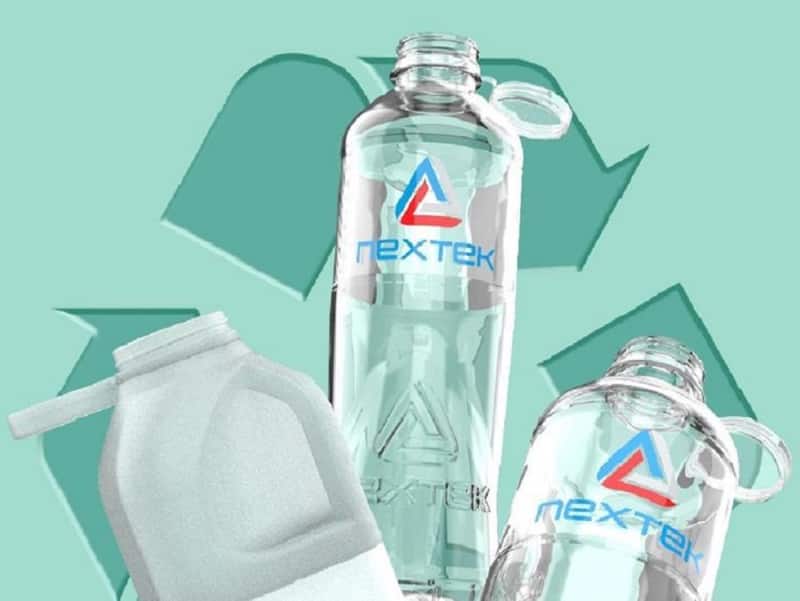
Plastic-Recovery – Nonwovenindustries
